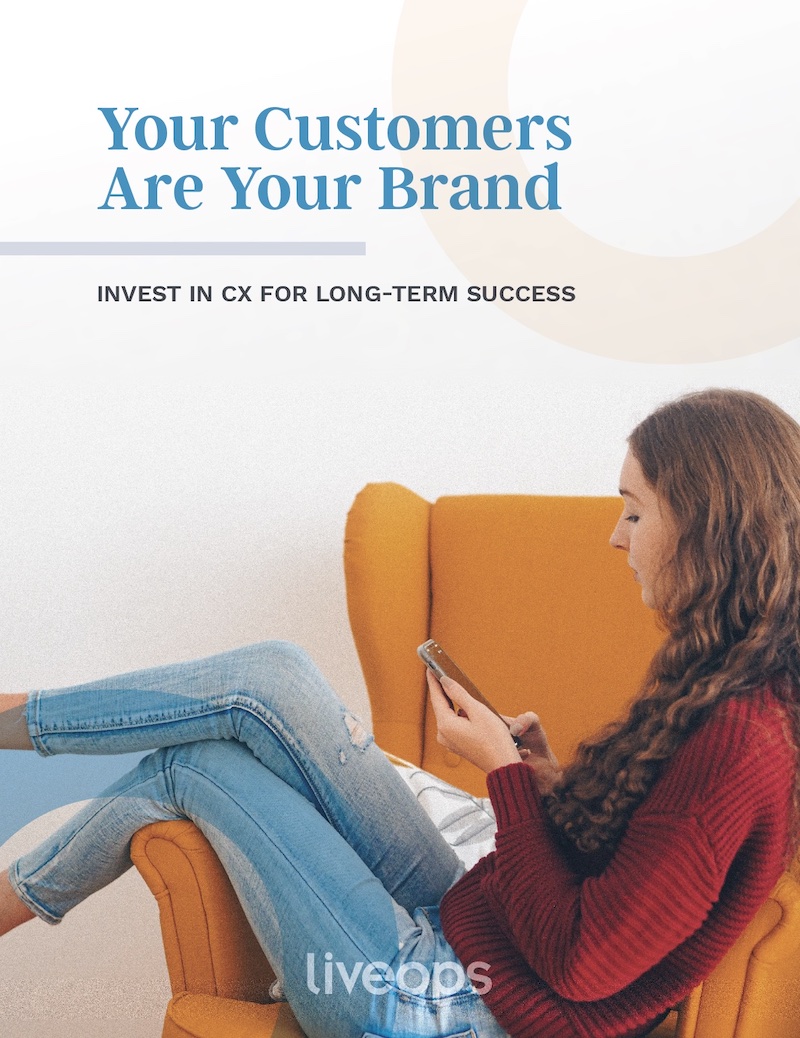Retailers: are you prepared for the next big event?
minutes

A virtual contact center can make your next event more efficient and profitable
The New Year means many things to a business – a new budget, fresh thinking and for retail companies, a breath of relief that they made it through another holiday season. The months of November and December yielded $142 billion in retail revenue last year, crushing 2018 revenue by about $16 billion. (Pause here to pat yourself and your teams on the back – you made it!) Amid the post-season glow, now is a good time to reflect on the successes and opportunities of the retail season, and outline steps to make the next big event even more successful.
The National Retail Federation claims that holiday sales make up an average of 20% of a retailer’s yearly revenue, so having an iron-clad plan is vital. This means ramping up customer service agents in retail contact centers to meet the expected influx of customer calls. However, the tight job market makes it quite challenging for companies to source adequate talent.
Companies can efficiently flex their contact centers by implementing a virtual workforce. During peak times, this is a lifesaver to meet the needs of customers.
Easy access to talent
Unemployment rates are at historic lows and workers are becoming more selective when choosing jobs. Unfortunately, this means many contact center seats remain empty – a dangerous situation during busy times. Companies are forced to fill their centers with sub-par talent or execute with understaffed teams. Recruiting and training new agents is time-intensive and costly, especially for seasonal team members.
Retailers that leverage a virtual workforce gain access to skilled agents from across the country. Many professionals are transitioning into flexible work (also known as the gig economy) instead of traditional jobs, and 85% of them plan to stay there. Tap into this pool of educated and experienced individuals by partnering with the virtual workforce. Your customer calls will be handled by quality agents, and you won’t waste time and money on recruiting.
Coverage when you need it
According to Adobe Analytics, 30% of the revenue on Cyber Monday was concentrated during the “golden hours” of 7 pm – 11 pm. Traditionally these are outside regular contact center working hours and may be difficult to staff for.
Implementing virtual agents during these hours allows for seamless coverage when customers are most active. Additionally, all time zones are easily covered since virtual agents work remotely across the country.
Keep your existing agents happy
Did your contact center agents experience fatigue and burnout during the peak season? Understaffed contact centers cause workers to have overtime and work longer hours. Sprinkle in high call volumes, long hold times and disgruntled customers, and you have the recipe for a stressed-out team. Happy agents typically mean happier customers, so proper workforce management is a win-win for both your business and your agents.
During peak times, complement existing agents with the virtual workforce. Flexible agents manage increased call volume so existing resources can be allocated to other areas or channels.
Many Fortune 500 businesses leverage a flexible workforce during peak season, but the benefits don’t stop there. When unexpected events or attrition creep up on your contact center, virtual agents can add elasticity within hours.
Learn more about how Liveops’ on-demand skilled workforce of on-shore agents can help your business thrive at liveops.com.



